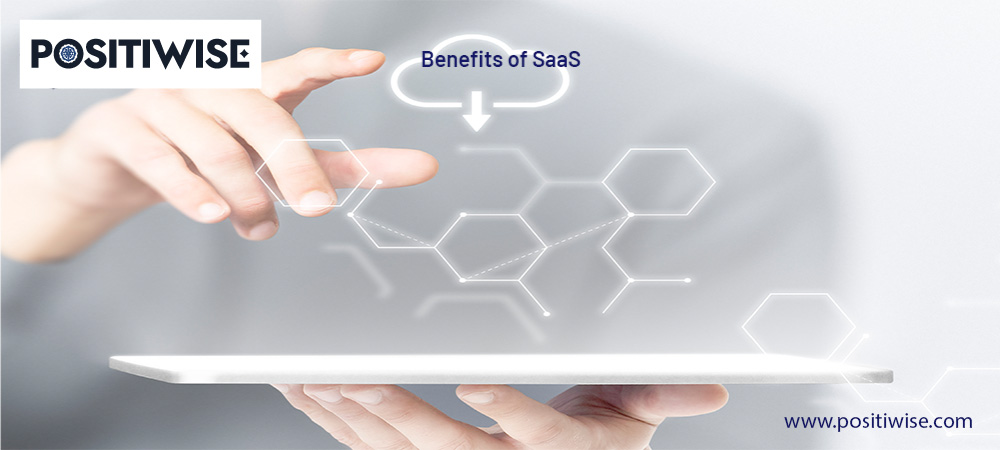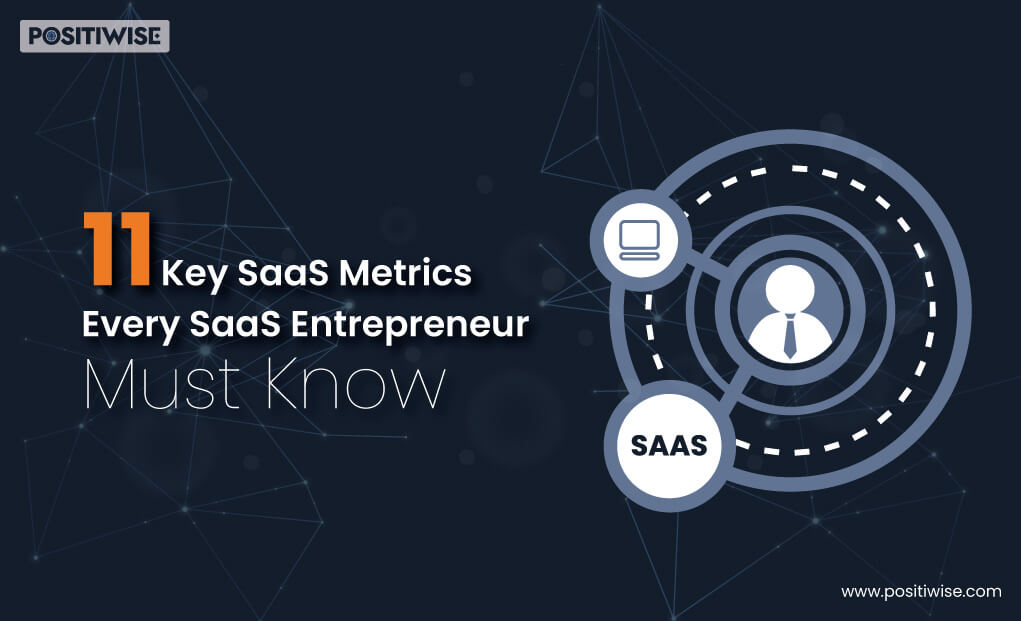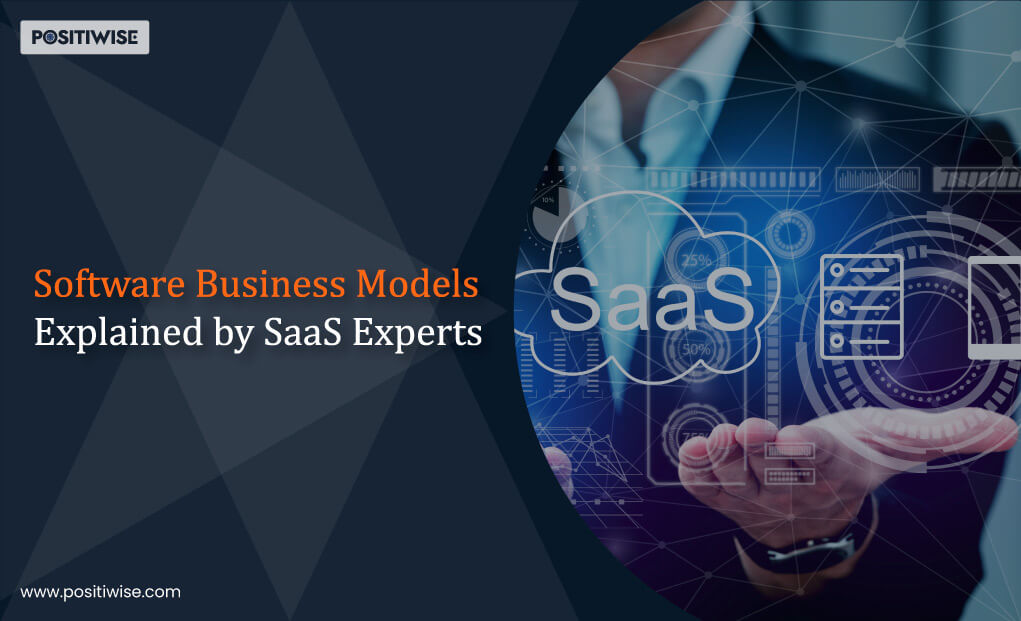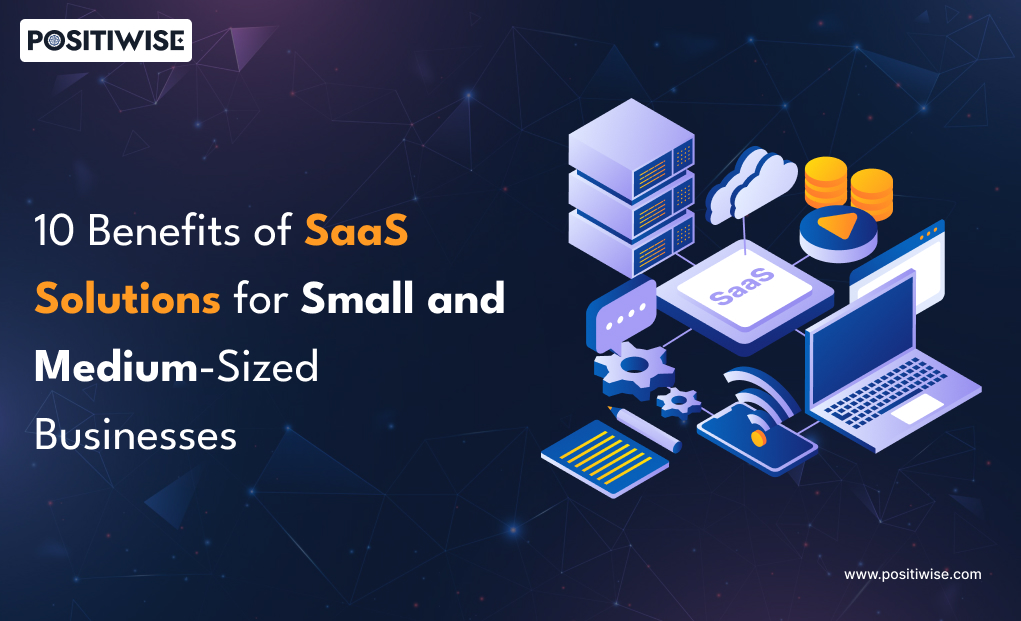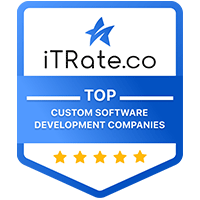Quick Overview:
With emerging technology, companies leverage their customers to avail services affordably and more seamlessly through web browsers. Customers do not need to download and install heavy software on their devices. Along with end-users, organizations are also benefiting from the SaaS mechanism, as the overall maintenance of hardware and software components is the duty of the SaaS service providers.
SaaS is becoming an essential element of IT infrastructure, and more companies are adopting this system to improve their productivity and performance. Therefore, it is necessary to know about SaaS and its usage to boost business in this competitive market.
So, please keep reading to explore the critical concepts of SaaS. Who uses these applications, what are the benefits, and how has it improved traditional software and web development?
What is Software as a Service (SaaS)
SaaS is a cloud-based system that allows users to access and utilize applications through web browsers instead of installing them on the device. These applications are also called Web-based software, hosted solutions, and on-demand applications. However, regardless of its name, companies avail themselves of the services from SaaS providers to enable the stakeholders to access the software.
Multiple engagement models are available from several third-party SaaS vendors, and you can select them according to your business requirements. Enterprise has to deploy its software on SaaS servers. The provider is responsible for managing and maintaining the functioning of every individual network component, including application security, availability, and integrity.
Below listed are some of the most preferred software built upon SaaS infrastructure:
- Customer Relationship Management System
- Enterprise Resource Planning Software
- Project Management Solutions
- Billing and Payment Gateway Solutions
- Team Management, Collaboration, and Communication Solution
- Human Resource Management System
- Web Hosting
- Content Management and E-Commerce System Software
- Email Marketing Software
Advantages of SaaS
The adoption of SaaS technology has seen a remarkable rise in recent years, setting a new trend in the ever-evolving global market. But unfortunately, most individuals think that learning about this mechanism is only for the IT sector. Still, all must discover its edge, as it can flawlessly strengthen the base of your business strategies.
Superior Collaboration
SaaS providers follow non-relational database architecture, allowing all associates to view and access files simultaneously. For instance, Google Documents and Sheets serve as a simple example, where anyone with the appropriate authorization can open and edit the stored files.
Similarly, information systems hosted on SaaS infrastructure allow people with relevant permission to utilize resources by logging through a web interface without installing extra software on their machine. Furthermore, the system can create user groups and monitor and track the activities performed by each user to prevent repudiation attacks.
Economical
The maintenance cost of IT infrastructure and associated software is more than its development. Moreover, new tech trends are coming every day, and firms have to advance their systems briskly to retain customers. If you avail of SaaS architecture services, you eliminate the overall cost of modernization and ensure Quality of Service for all the associates.
Additionally, you can customize the charges of SaaS services according to the consumed resources, and you can also set a consumption limit to save money. Vend offers numerous budget-friendly hybrid engagement models, which are more minor than the amount required to own, run and upgrade software deployed on-premises.
Highly Scalable and Accessible
Scalability is the reason why so many enterprises are praising SaaS and moving their whole network to it. Of course, scaling up and down processing power and storage space is another thing, but SaaS caters to the benefit of restricting the number of users accessing the software. Furthermore, you can modify the limit of users and configured instances at any time by selecting a more legitimate subscription plan.
Moreover, businesses can save costs on hardware assets by accessing virtual machines equipped with the necessary processing cores, RAM, ROM, and drivers. Due to this, companies can pick out agile methodologies for performing their core business operations and getting hassle-free from forecasting computing demands.
Data Security, Backup, and Recovery
Data confidentiality and integrity have become an interest of concern because of rapidly increasing cyber-attacks. Unfortunately, most firms can’t establish proper guidelines and implement protocols to prevent all threats. So here comes the SaaS, which allows its users to store their data on a virtual platform that is 24/7 monitoring and updating with the latest version of the operating system, firmware, patches, and hardware assets, closing all vulnerable loopholes for attackers.
Furthermore, SaaS can impeccably automate various procedures to back up any data after a fixed time interval. It leads to securing your data from malicious actors and helps you access it offline.
Compatible across devices
In the conventional method, users have to download and install updates whenever they are rolled out. During this process, they are unable to use the application. Additionally, after upgrading, some solutions are unable to establish a link with the operating system, resulting in decreased performance and an increased number of system crashes.
SaaS ensures that users can use a modern version of the business application, eliminating the need to download the software package again whenever a new edition is available. Additionally, users don’t have to worry about the operating system because they can access these solutions across any browser.
Recommended Read: Why Should You Consider NetSuite Salesforce Integration for Your Business?
How SaaS Benefits from Traditional Software
You are still confused about moving to SaaS and wondering whether it can satisfy your business requisites or not. Read further, and you will know how it has refined the way of working with the software.
While picking out any SaaS product, organizations always check its compliance with three significant aspects: transparency and control, security, and alignment with industry guidelines. We have compared SaaS and traditional software to show how SaaS benefits more than a standard business solution.
Check out the below-provided table for more information:
| Basis | SaaS | Traditional Software |
|---|---|---|
| Transparency and Control | Agreements are signed between the organization and vendor, which guarantees data flow as per company policies. In addition, both parties can track and detect malicious activities, which makes the SaaS environment more secure. | Over responsibility is upon the company; if any breach happens, the company can face a heavy loss. In addition, fewer human resources and IT assets can be a drawback in maintaining user data flow. |
| Security | Encryption, Hashing, Authentication, VPN, and Access Controls can be configured for allowing only authorized people to log in and acquire the facilities supplied by the enterprise. | The demand for more computing resources can quickly expand your accounts, and updating them is a time-consuming task. This can lead firms to face attacks in the meantime through vulnerable loopholes. |
| Line up with defined protocols | SaaS providers are constantly updated with guidelines defined by the government and other regulatory bodies for processing sensitive data, as they have a dedicated team for this purpose only. | Sometimes enterprises cannot comply with necessary guidelines due to a lack of knowledge and assets. |
Why Use SaaS in Web Development?
Its influential features have revolutionized the web development industry with its influential features, availing Software as a Service over the internet. Here we have listed the mega modifications which have become possible with SaaS implementation.
- Small-scale companies can run their simple web applications across devices without developing a different business solution for each operating system.
- Generating code for a single platform requires less effort and achieves the usability test phase more quickly.
- All users can comfortably integrate complex technologies such as Artificial Intelligence, Machine Learning, Big Data, and Blockchain and have hands-on experience with them.
- APIs are readily available in the repositories of SaaS vendors to make sure software runs smoothly and steadily.
- Website analysis is performed effectively with in-built tools accessible over the administrator dashboard provided by the SaaS vendor.
- Users can upload and stream heavy media files on the website without experiencing any impact on the loading time.
- Any content modification is reflected instantly, making E-commerce web apps faster.
Accelerate Your Business with Custom Software Solutions
Struggling with outdated or ineffective software? Our expert team provides custom systems designed specifically for your business needs. We analyze your operations, build solutions to fit your workflow, and integrate with existing infrastructure.
Wrapping Up
SaaS vendors provide an administrator dashboard with built-in tools that enable effective website analysis. Users can upload and stream heavy media files on the website without experiencing any impact on the loading time. The SaaS infrastructure allows for the deployment of simple native software on any machine, requiring less maintenance and offering affordable access to robust and stable functionalities.
In addition, it assures that user data is stored safely and execution of instructions is as per the industry standards. Web Development is gaining a high profit from this technology, as less time is required to craft a futuristic web app carrying ever-changing business conditions. One must surely go for embracing SaaS to be at the top in the long run.
Expert in Software & Web App Engineering
Parag Mehta, the CEO and Founder of Positiwise Software Pvt Ltd has extensive knowledge of the development niche. He is implementing custom strategies to craft highly-appealing and robust applications for its clients and supporting employees to grow and ace the tasks. He is a consistent learner and always provides the best-in-quality solutions, accelerating productivity.
Partner with Top-Notch Web Application Development Company!
Discuss your Custom Application Requirements on [email protected]
or call us on +1 512 782 9820
